introducing:
Jiu-Jitsu is more than a martial art; it is a valuable tool for physical development in children. This article explores the positive impacts of this practice on physical growth, promoting motor skills, strength, flexibility, and overall health in young practitioners.

Development of Motor Coordination:
Jiu-Jitsu, with its intricate techniques, challenges and enhances children’s motor coordination. Precise and controlled movements during training contribute to fine motor development, essential for daily activities and sports.
Increase in Muscle Strength:
Regular Jiu-Jitsu practice requires physical effort, resulting in the development of muscle strength in children. Movements such as falls, rolls, and projections strengthen muscles, providing benefits not only for the martial art but for overall health.
Promotion of Flexibility:
Jiu-Jitsu encourages wide and varied movements, contributing to increased flexibility in children. This flexibility not only enhances performance in Jiu-Jitsu techniques but also reduces the risk of injuries and promotes better posture.
Stimulation of Bone Growth:
Constant physical activity in Jiu-Jitsu stimulates bone growth in developing children. The positive impact on joints and bones contributes to a healthy and resilient skeletal system.
Cardiovascular Development:
Dynamic Jiu-Jitsu workouts increase heart rate, promoting an efficient cardiovascular system in children. This improvement in cardiovascular health is beneficial for physical endurance and overall well-being.
Enhanced Balance and Posture:
The need to maintain specific postures and balance during Jiu-Jitsu techniques contributes to the development of balance and healthy body posture in children, essential elements for comprehensive physical growth.

Improvement in Respiratory Capacity:
Jiu-Jitsu practice involves exercises that require respiratory control. This aspect contributes to the development of children’s respiratory capacity, resulting in more efficient breathing and benefiting lung health.
Establishment of Healthy Habits:
Jiu-Jitsu not only provides immediate physical benefits but also promotes the adoption of healthy habits from childhood. Regular engagement in sports encourages maintaining an active lifestyle, preventing health problems related to inactivity.
Enhancement of Agility:
Jiu-Jitsu, with its swift movements and fluid transitions, challenges and enhances the agility of children. This development in agility not only benefits performance in the martial art but also reflects in daily activities, improving overall coordination.
Stimulation of Neuromotor Development:
The complexity of Jiu-Jitsu techniques requires precise mind-body coordination. The constant neuromotor stimulation during training contributes to the cognitive development of children, enhancing their ability to make quick decisions and coordinate complex movements.
Improvement in Muscle Endurance:
Intensive Jiu-Jitsu workouts contribute to the improvement of muscle endurance in children. Controlled repetition of movements and regular practice strengthen muscles, enabling children to maintain physical performance for longer periods.
Development of Body Awareness:
The practice of Jiu-Jitsu encourages awareness of one’s own body. Children learn to understand the importance of specific movements, correct postures, and the efficient use of strength. This body awareness is valuable not only in the martial art but in everyday activities.

In Short:
Jiu-Jitsu continues to stand out as a comprehensive tool in the physical development of children. In addition to physical benefits such as enhanced agility, neuromotor development, muscle endurance, and body awareness, the consistent practice of this martial art contributes to holistic physical growth, shaping active, healthy, and body-conscious children.
